Waste Management: 25 Tips to Cut Food Waste and Save Money
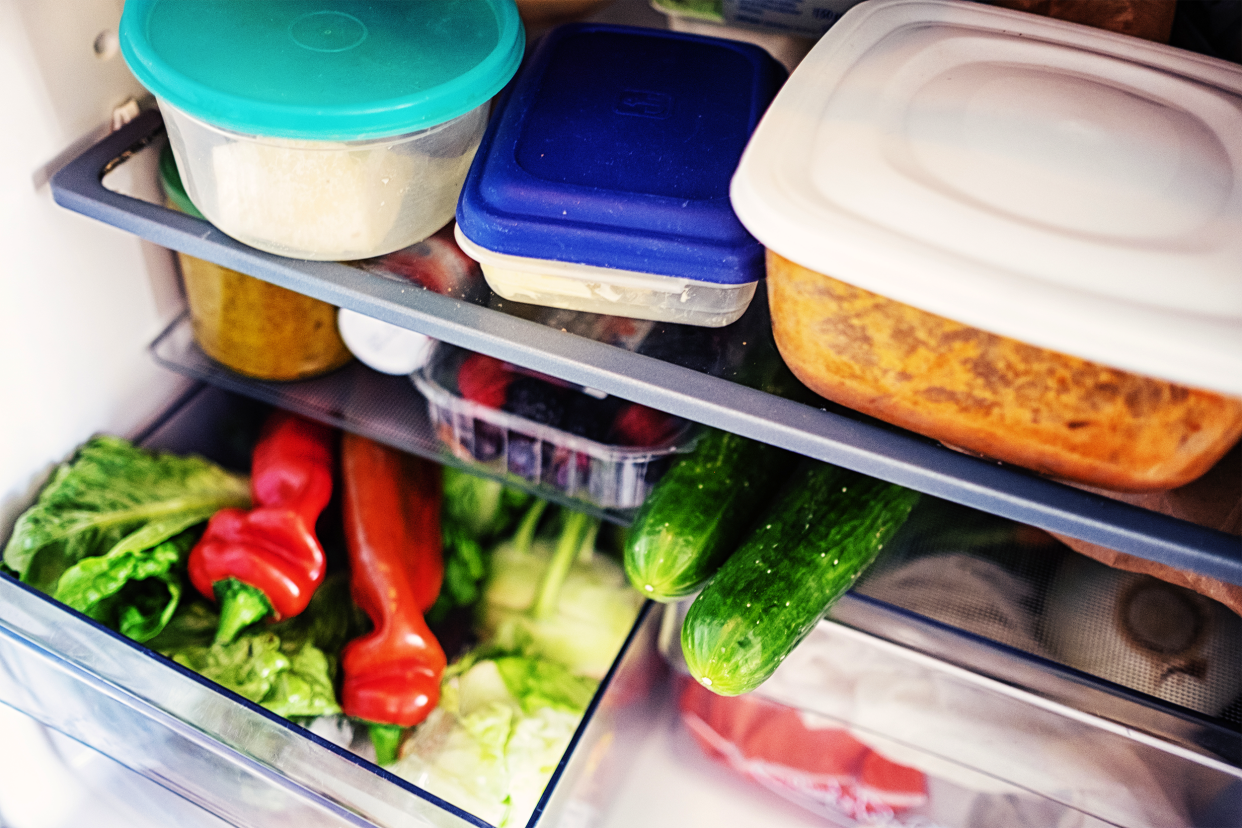
Waste Not Want Not
Grocery stores have their methods to keep food fresh, but are you as thrifty? Food waste is estimated to be 219 pounds for each person. Joel Gamoran, a food waste crusader and author of the book "Cooking Scrappy," identifies it as a hot button issue: "Food waste is a crucial issue because of the negative impact it has on our environment, wallets, and recipes. People are literally throwing away money and flavor all while contributing to global warming." Here are a few tips on how to reduce food waste.
Editor's Note: This story was updated in April 2024.
Related: Here's How Long You Have to Safely Eat 25 Unrefrigerated Foods
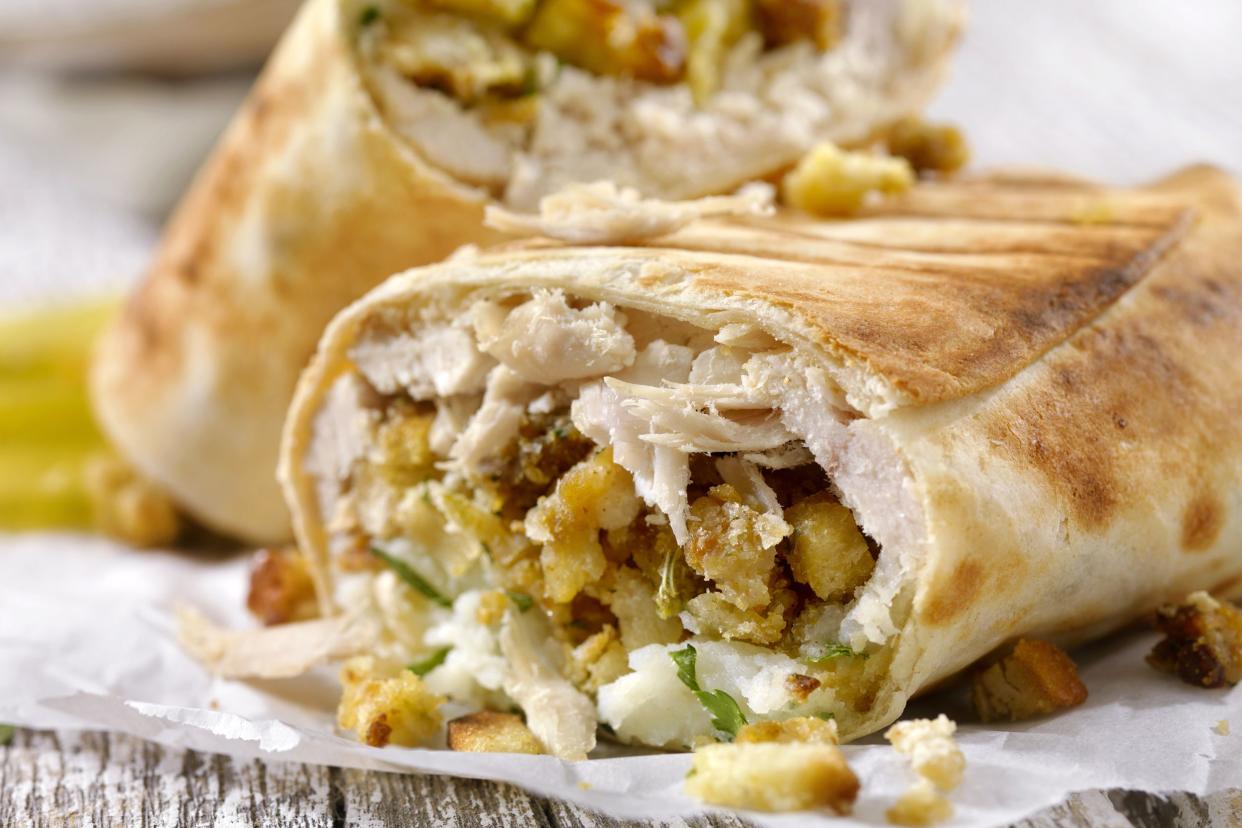
Make Leftovers Fun
Turning leftovers into a cooking challenge, or even a family vote on what they should become (soup, quesadillas, noodle casserole), adds an element of excitement. This is more compelling than just reheating the same old meal.
Related: 21 Creative Ways to Spice Up Leftovers
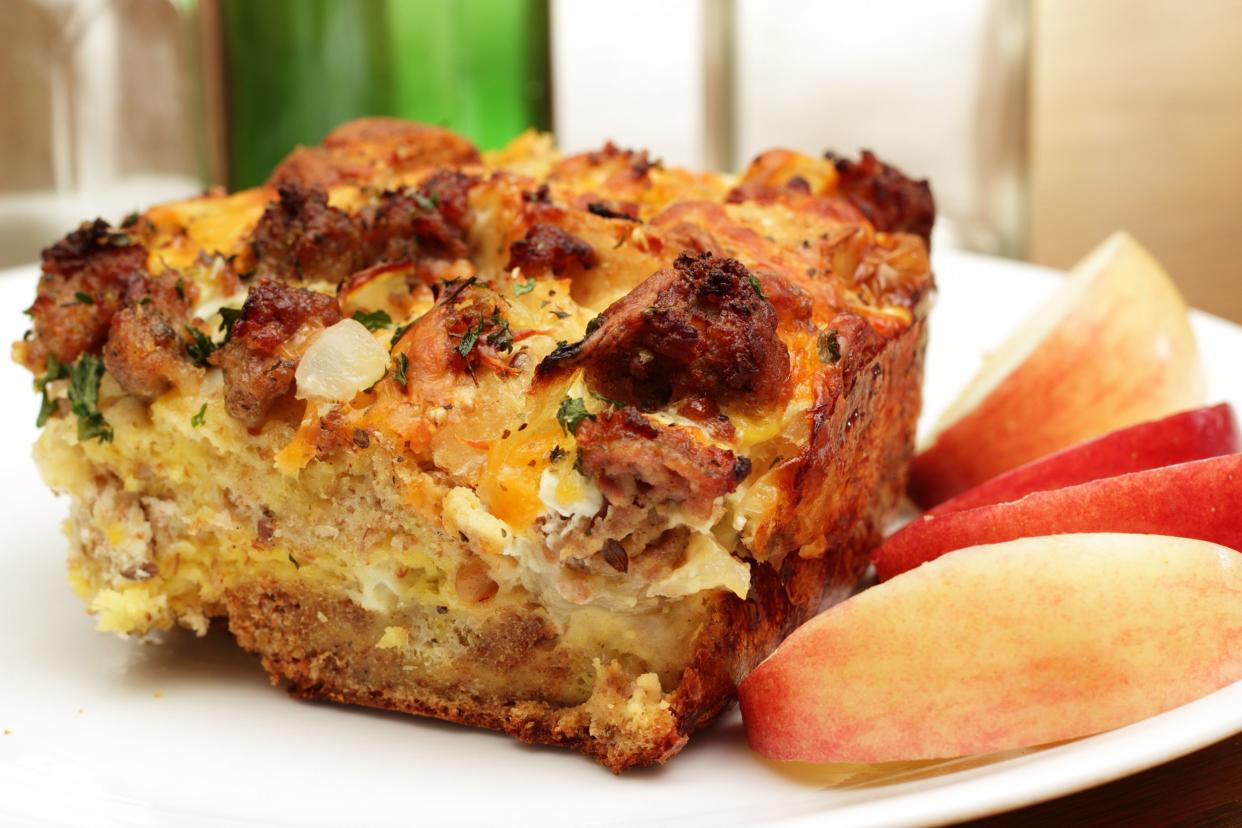
Master Bread Pudding
Fresh bread goes stale fast, but only in contemporary times is it commonplace to throw it out. Bread puddings, both sweet and savory, can accommodate just about any ingredient and turn it into a delicious dish.
Related: The Best Casserole Recipe From Every State
For more great meal ideas and grocery tips, please sign up for our free newsletters.
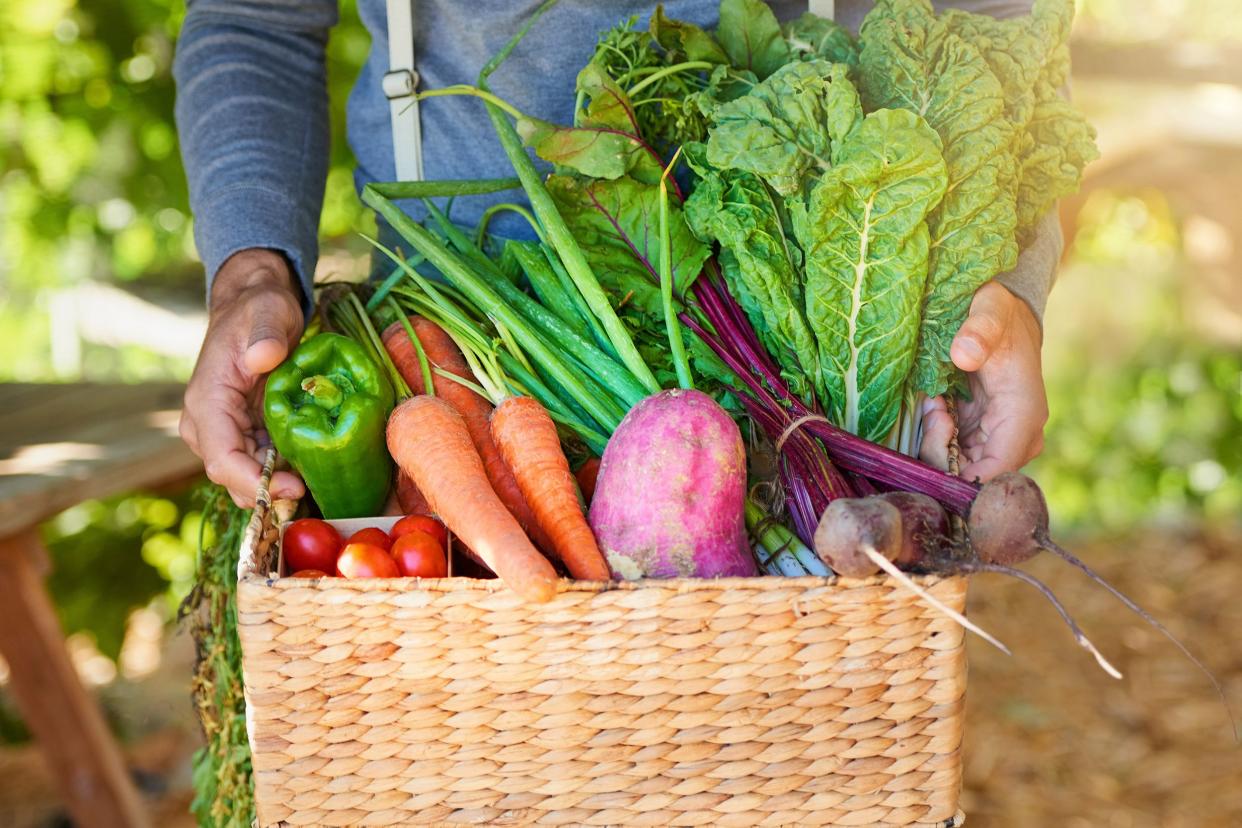
Opt for Local Produce
Fruits and vegetables that are sourced locally and from farmers markets are typically going to be fresher than what you find at the supermarket. This means they have spent less time on trucks being transported and less time sitting in fridges and on shelves, which means they will last longer once you get them home. When produce is in season and abundant, it's often priced lower as well, and farmers may be willing to offer a discount if you buy a larger quantity at once, especially toward the end of the day when they're packing up and would prefer to minimize what they have to bring back to the farm or keep it from going to waste.
Related: The Leftover Lowdown: How Long Things Last in the Fridge

Check Expiration Dates
Newer items with expiration dates further into the future are usually stocked behind the items that have upcoming expiration dates. Especially when buying in bulk, make sure you have enough time to use up the item before it goes off.
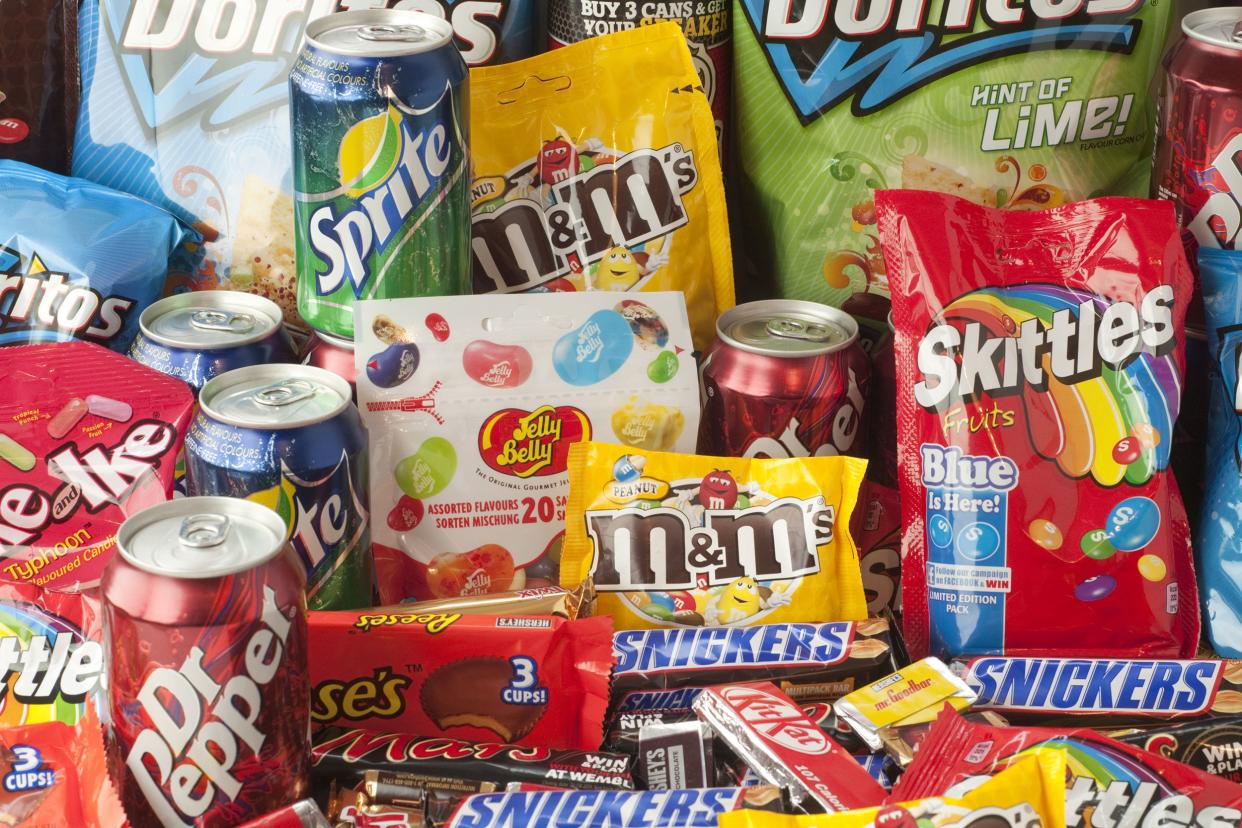
Avoid Impulse Buys
Buying a bag of chips or a container of cookies may seem harmless enough, but if that replaces a meal or two that you otherwise have planned, it can start a cycle of food going bad and ending up in the can. One way to avoid impulse buys is to shop on a full stomach.

Have a Visible Menu
Using a whiteboard on the fridge to see what's available at a glance, from snacks to prepared meals and drinks, allows for quick decision making. This also helps keep hard to see items top of mind, and members of the household who didn't shop or cook in the know.
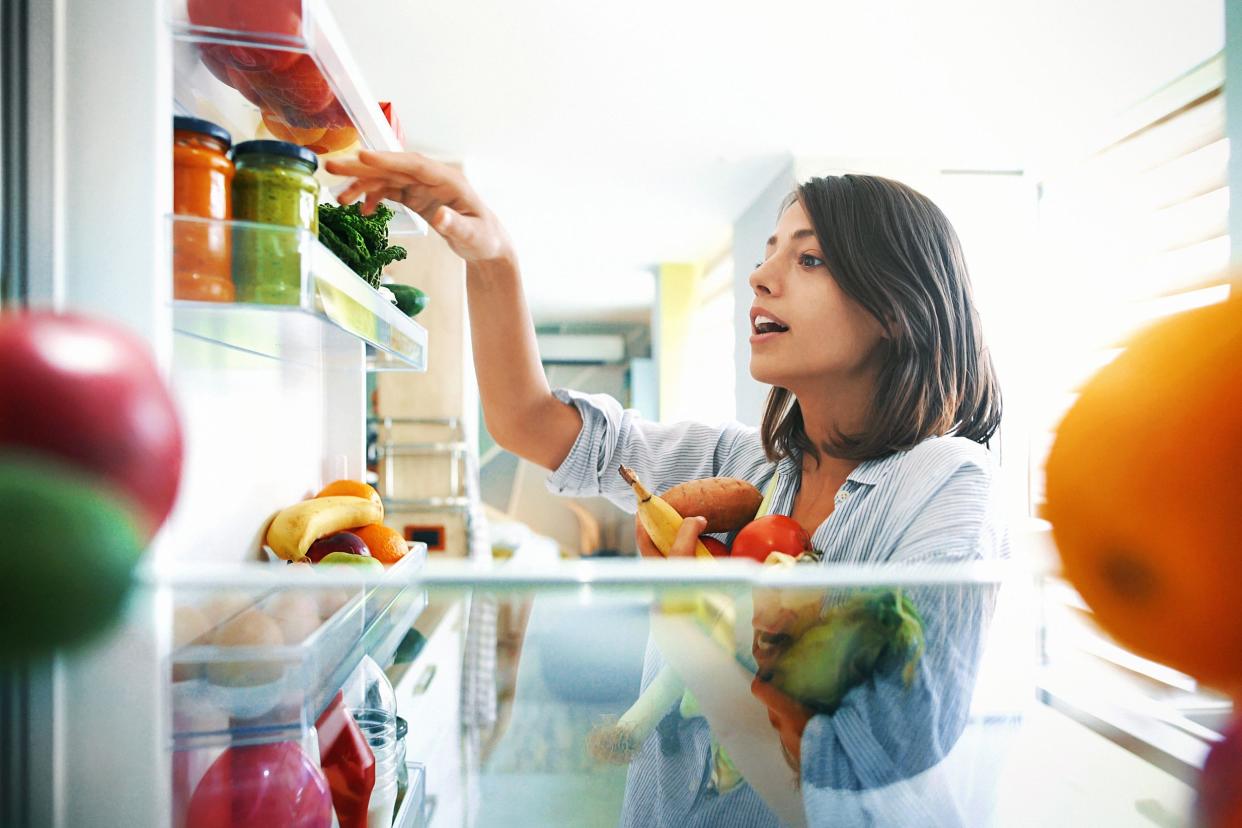
Organize Your Fridge
Being able to see the food is important, but it's about more than just visibility. Knowing the colder and warmer spots of the refrigerator and what to store there helps maximize shelf life on perishables. See this guide from The Kitchn to get started.
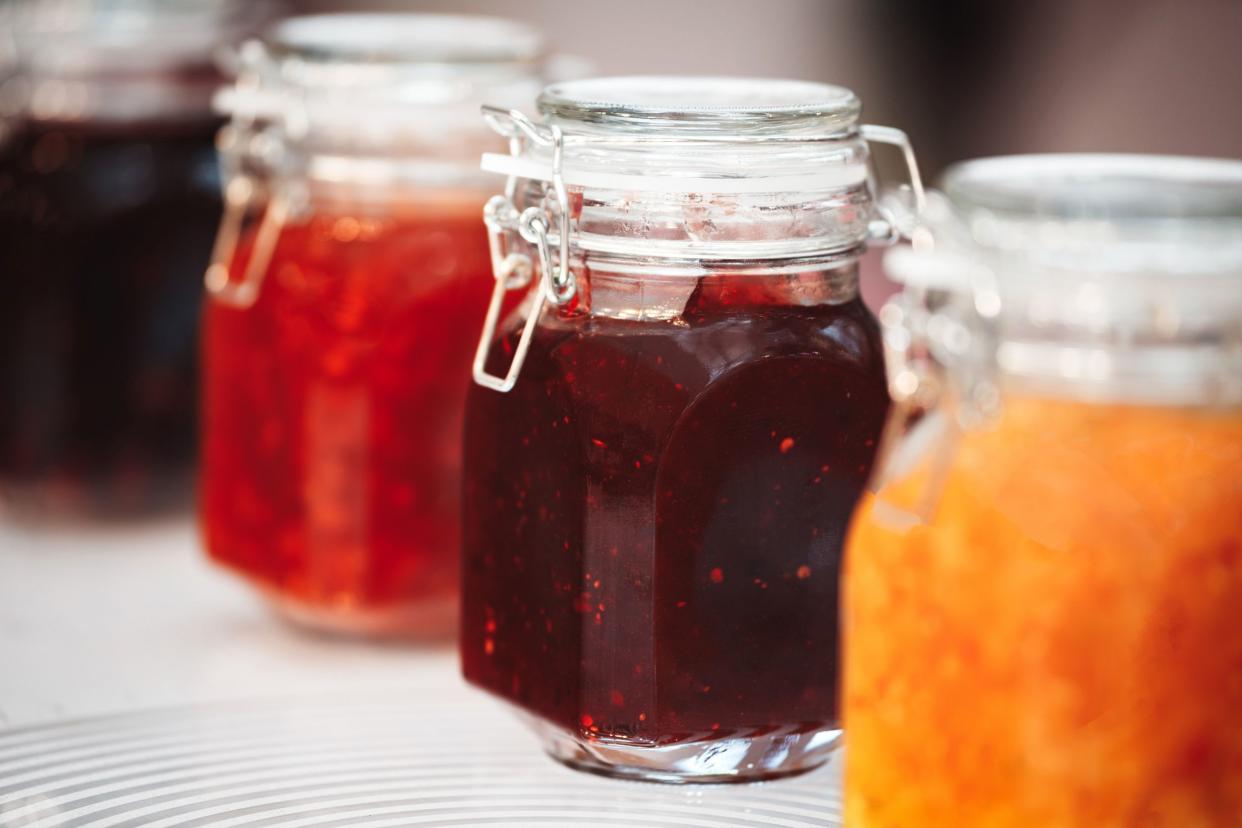
Make Homemade Fruit Preserves
Letting fresh fruit go bad is a very 21st century problem, as fresh fruit was in short supply and high demand for most of history. Turning fresh fruit into preserves allows you to extend the shelf life of the fruit for months. Even slightly overripe fruit, as long as it's not moldy, can be used. Try some of our favorite jam recipes that preserve seasonal flavors, while also saving you money and avoiding waste.
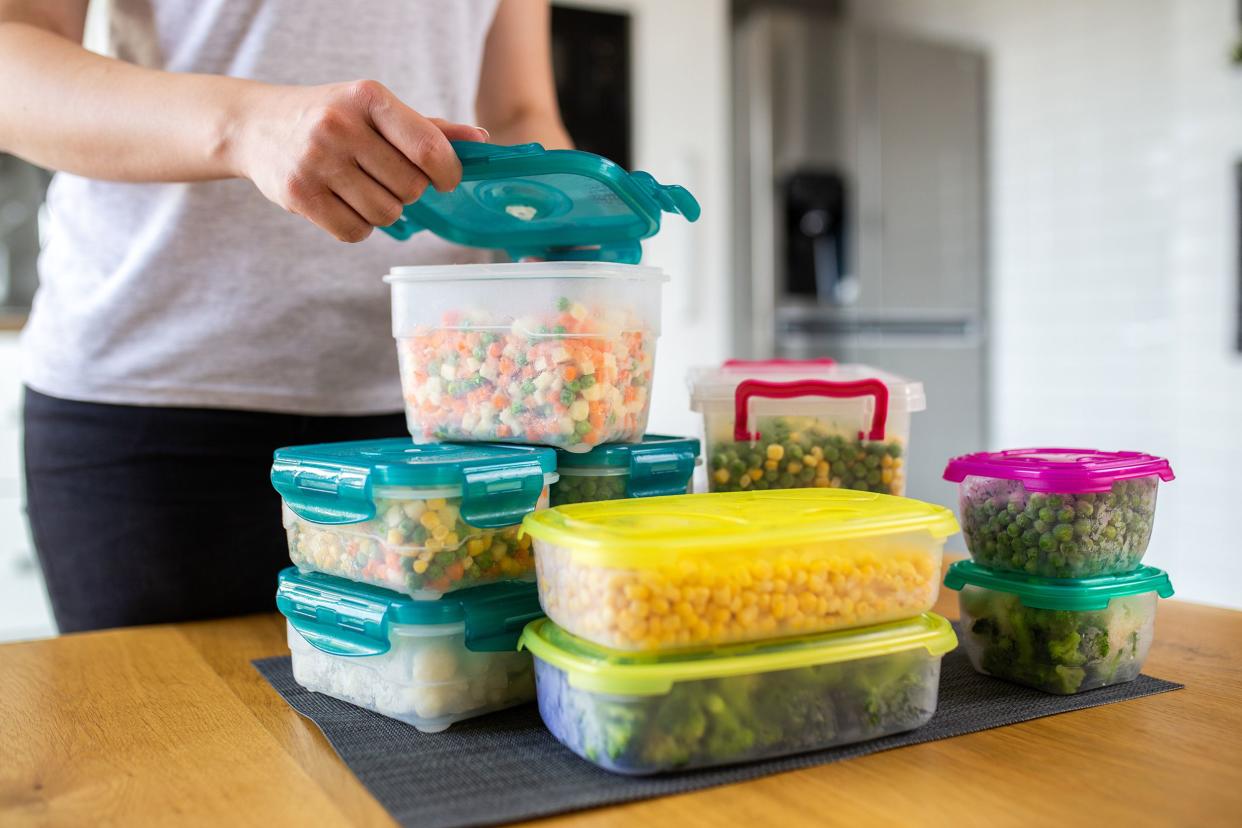
Use Proper Storage
Investing in high quality container and bags is a smart idea. Even if it costs a little more upfront, the right equipment will soon help you save. Use freezer bags for freezing, and containers that are tailored to whatever you are storing. There are even special wrappers for cheese.
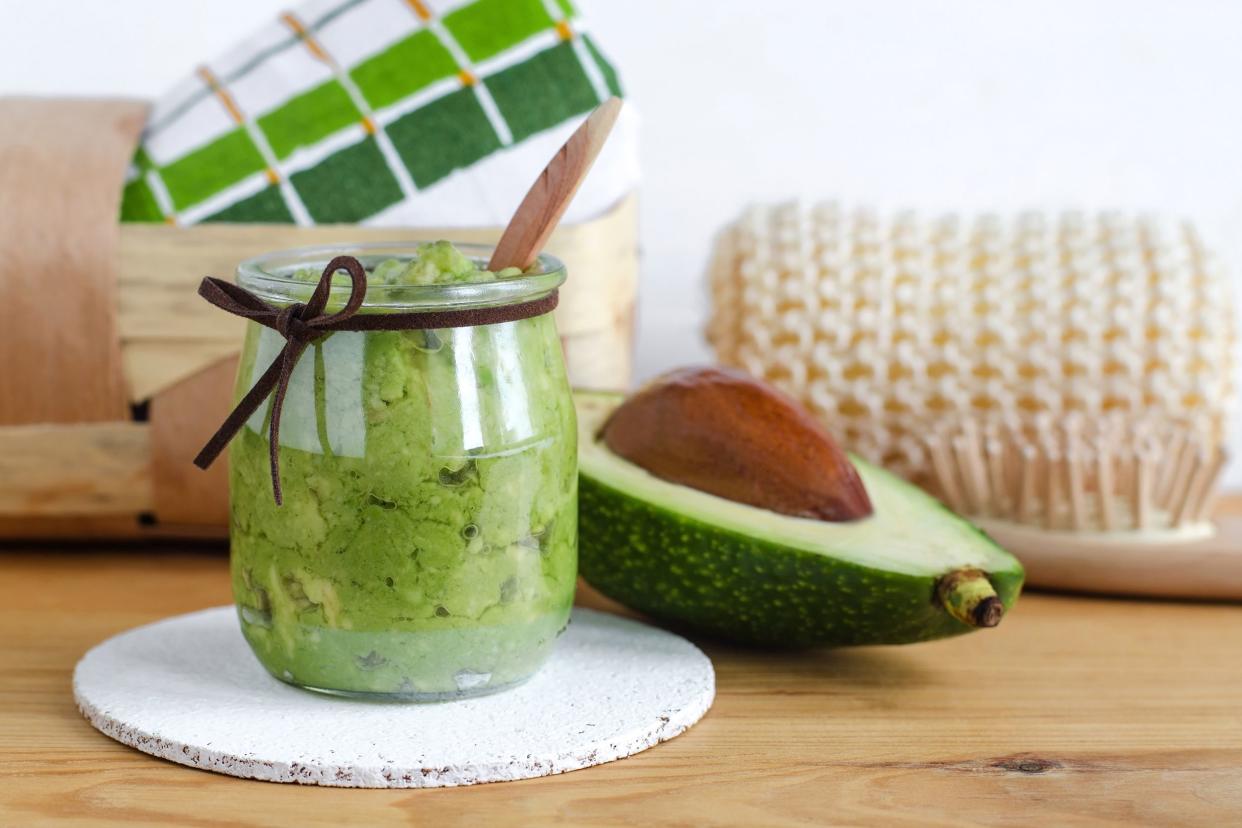
Try DIY Cosmetics
Plenty of food items can be repurposed into all natural and effective body treatments. While things such as oats and honey are shelf stable, items including yogurt, milk, and avocado can all be used to make body and hair treatments. While you may not get to eat it before it goes bad, you can at least treat yourself for a home spa day before the perishables pass their prime.
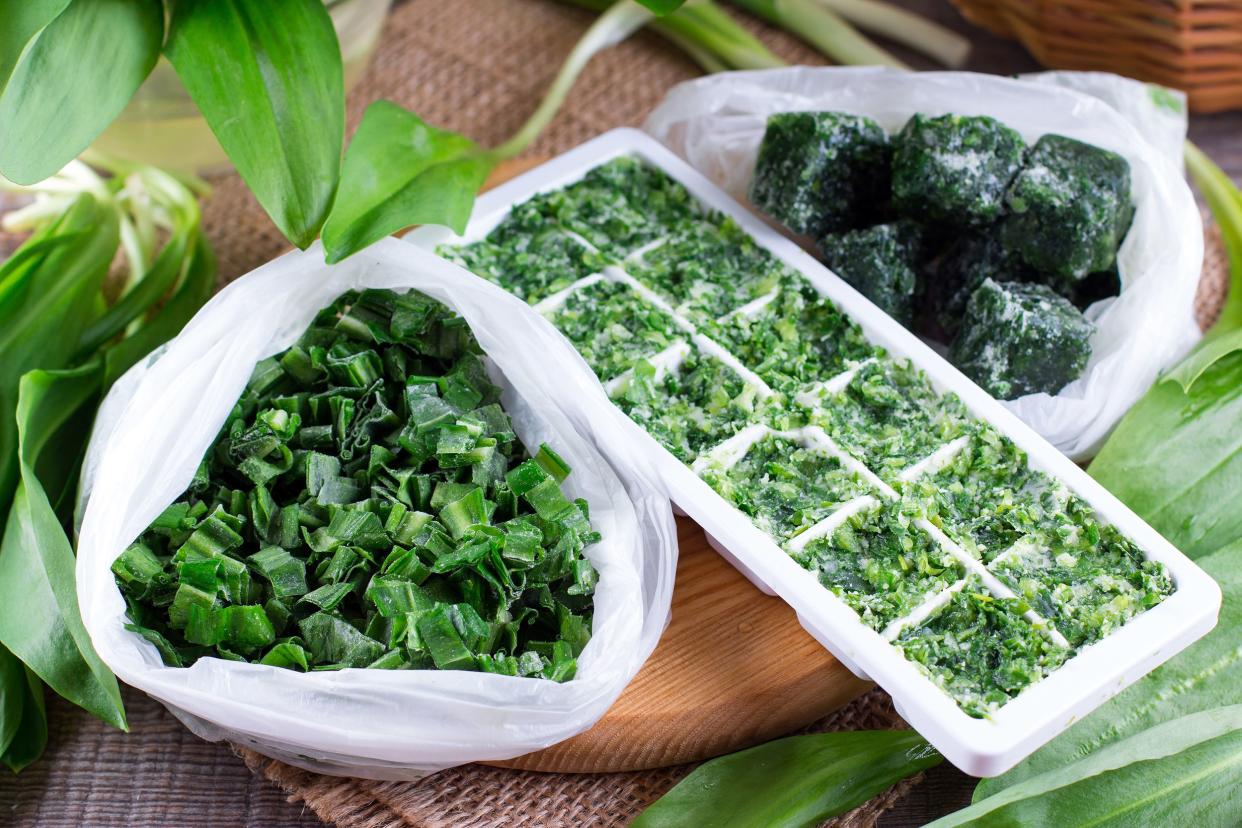
Freeze Herbs
Herbs can be expensive and usually come in batches that are difficult to use before they start to degrade. Freezing them in ice cube trays makes it easy to pop them into soup, sauce, and stock without compromising freshness.
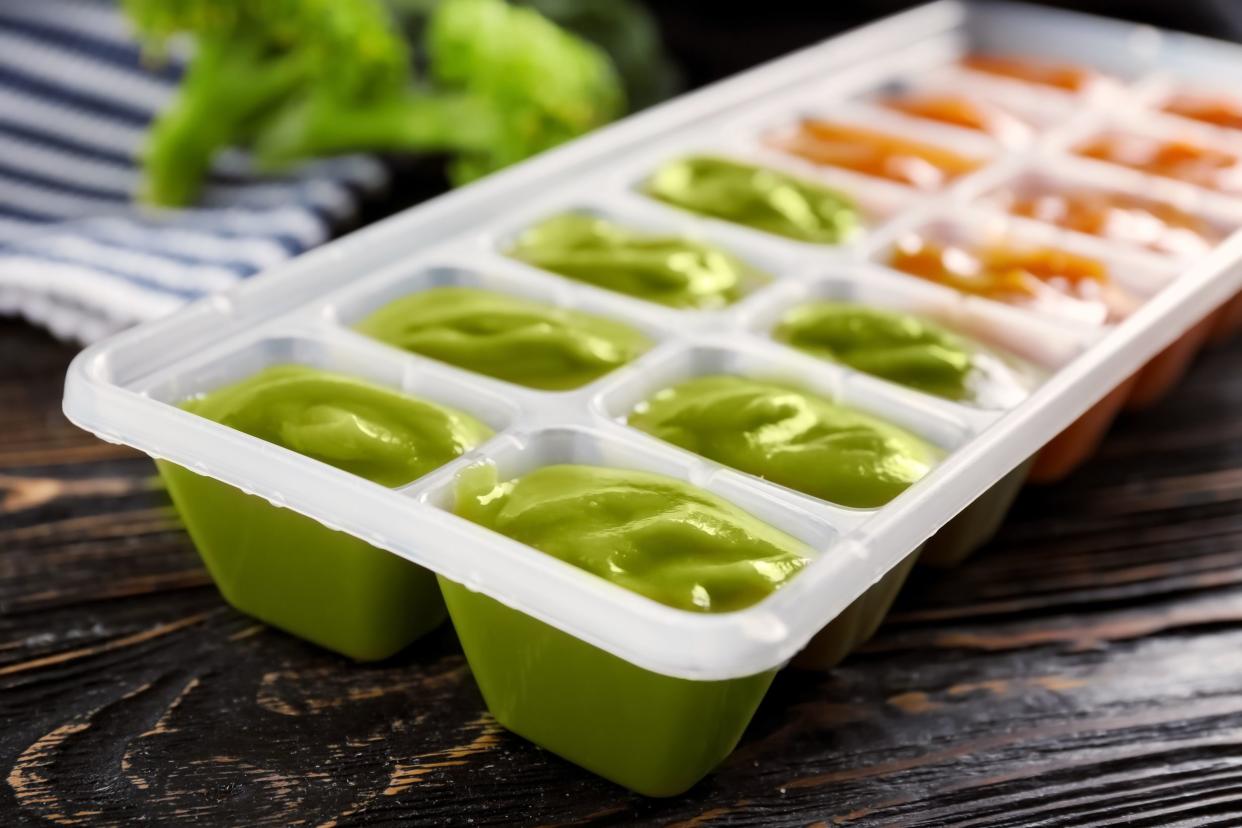
Use Ice Cube Trays
It's not just herbs that can be frozen into ice cube trays, so buy a second set and dedicate them to freezing single-use ingredients. Everything from stock and broth to egg whites and coffee can be portioned out so that you can pop a cube into a pan, pot, or other kind of cooker or recipe as needed, without having to defrost the entire portion.
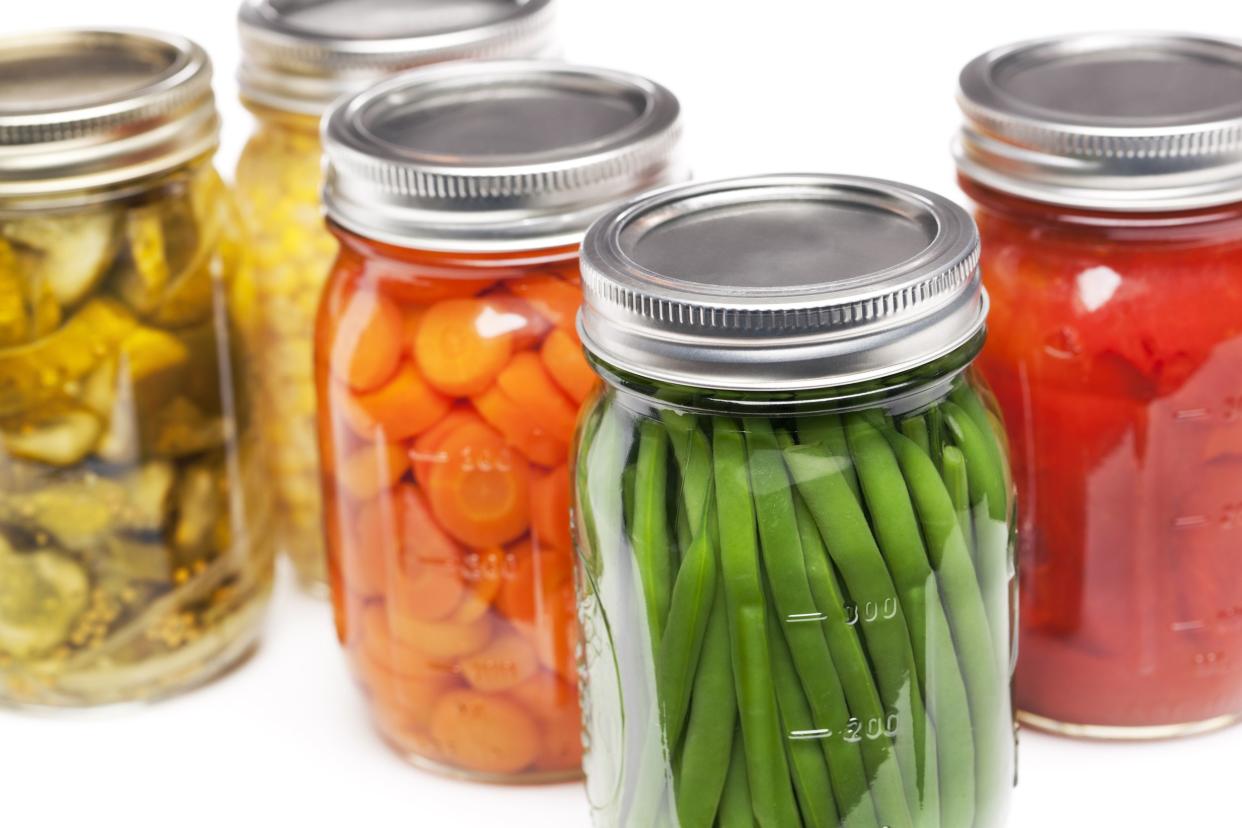
Get Into Canning
Turning fresh fruit and vegetables into shelf stable items is something of a lost art, but is actually really fun and easy. From homemade marinara to pickled green beans there are plenty of ways to preserve the season's best ingredients.
Related: Thinking About Home Canning? Here’s Everything You Need to Get Started
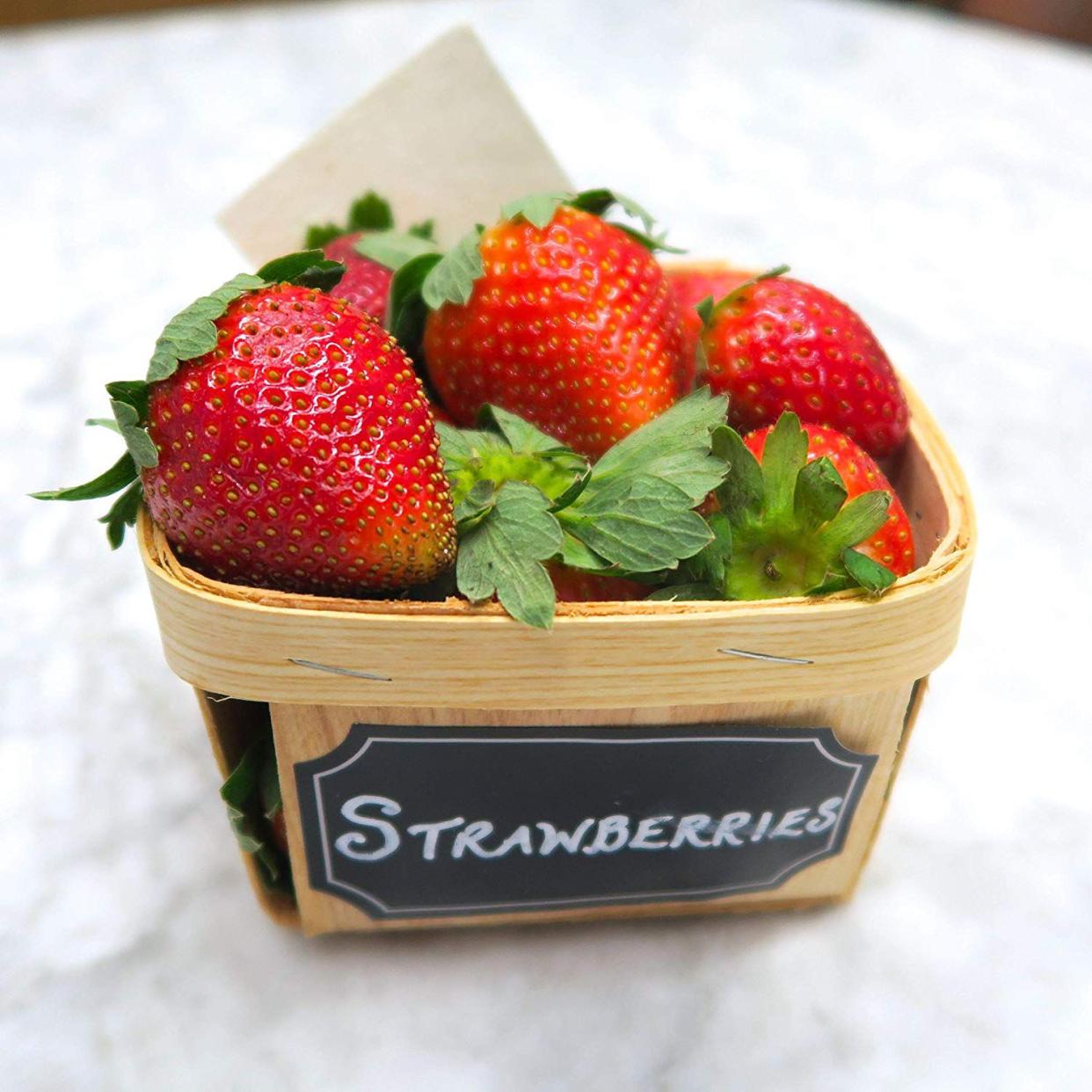
Use Produce Sheets
Modern technology never ceases to amaze, even when it comes to prolonging the life of produce. Especially for those who like to buy in bulk for bigger savings, produce sheets can help keep those fruits and veggies fresher for longer.
Related: 12 Easy Storage Tips to Keep Produce Fresh Longer
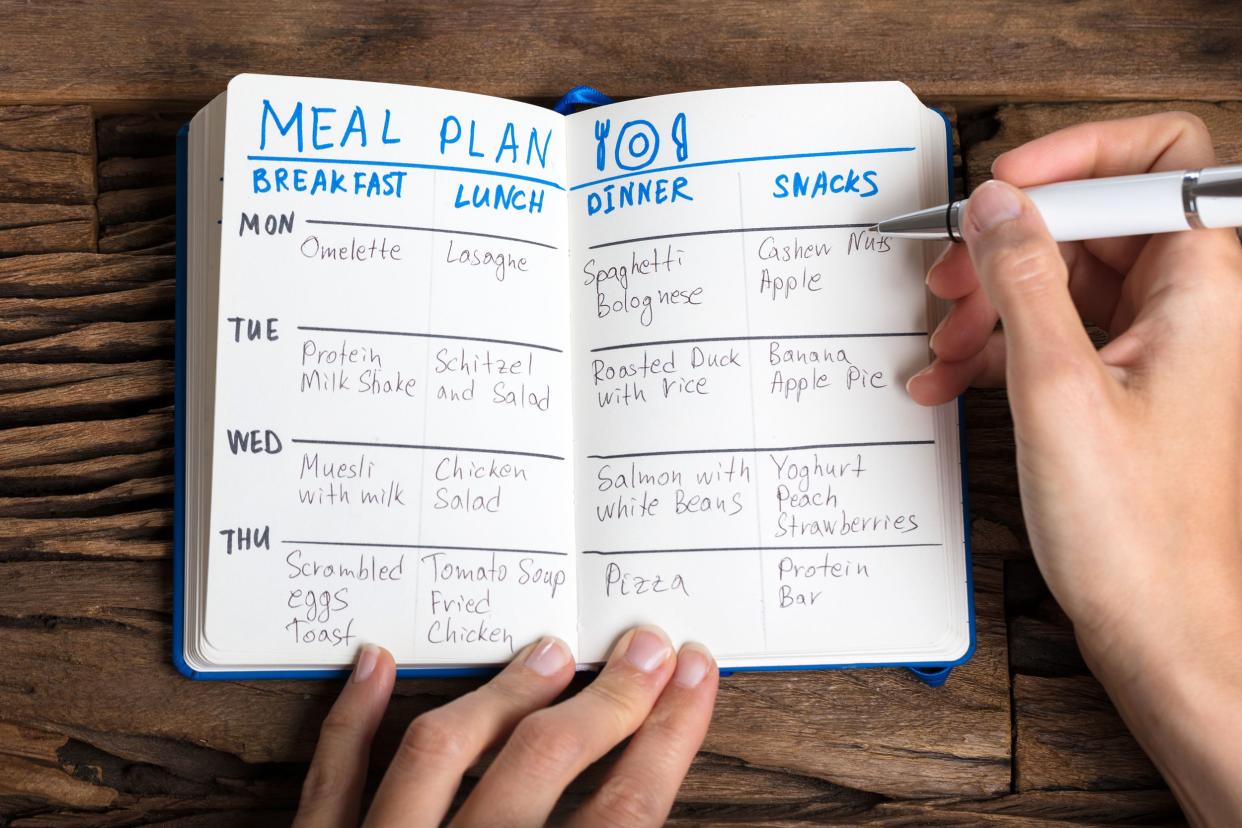
Plan Menus
Planning menus helps in so many ways. It helps to create an efficient grocery list, so you can choose items that can be used in more than one recipe. Including plans for leftovers and what new meals they will become is also a good idea. If there is a plan for everything, it's more likely to be eaten.
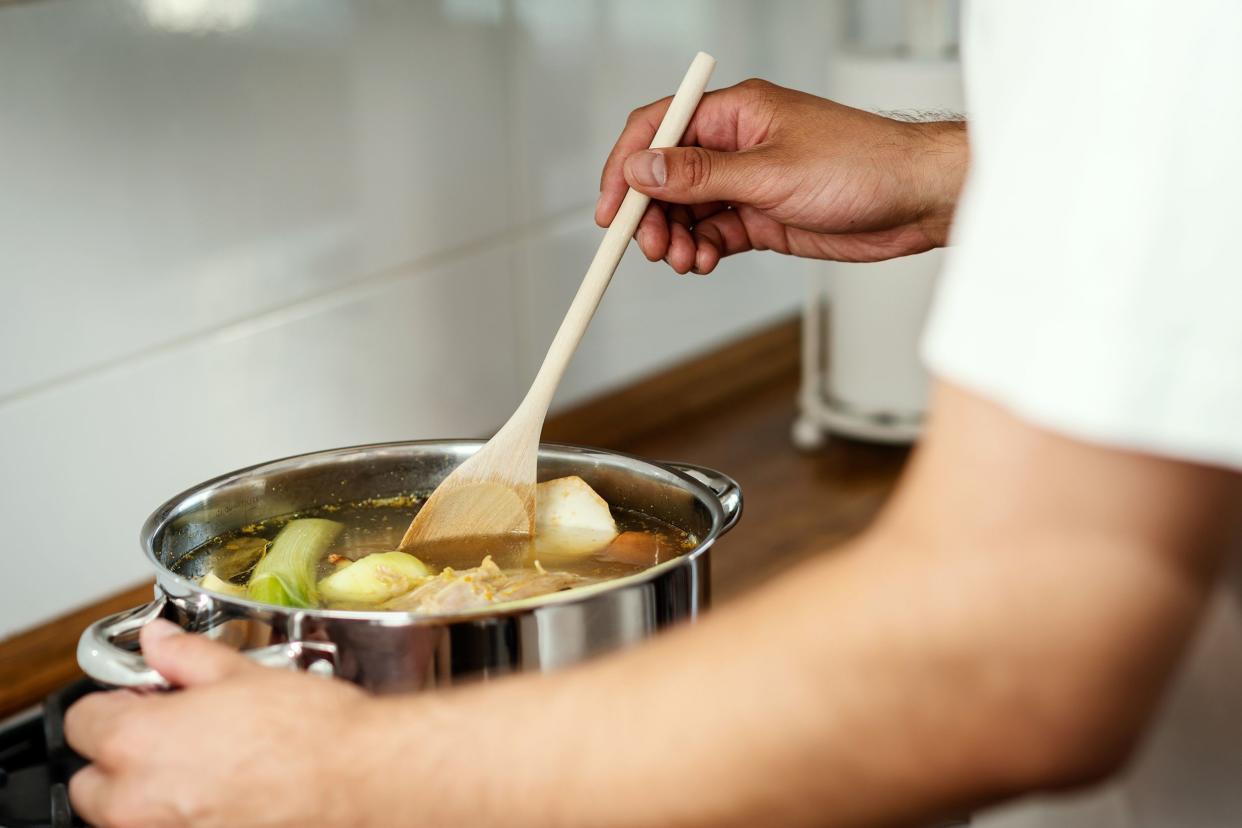
Make It Into Soup
Everything from bones, scraps, and leftovers can be used to make soup or stock. Store these odds and ends in the freezer and when ready, use it to make a flavorful homemade soup or stock.
Related: 21 Cheap and Healthy Slow Cooker Recipes
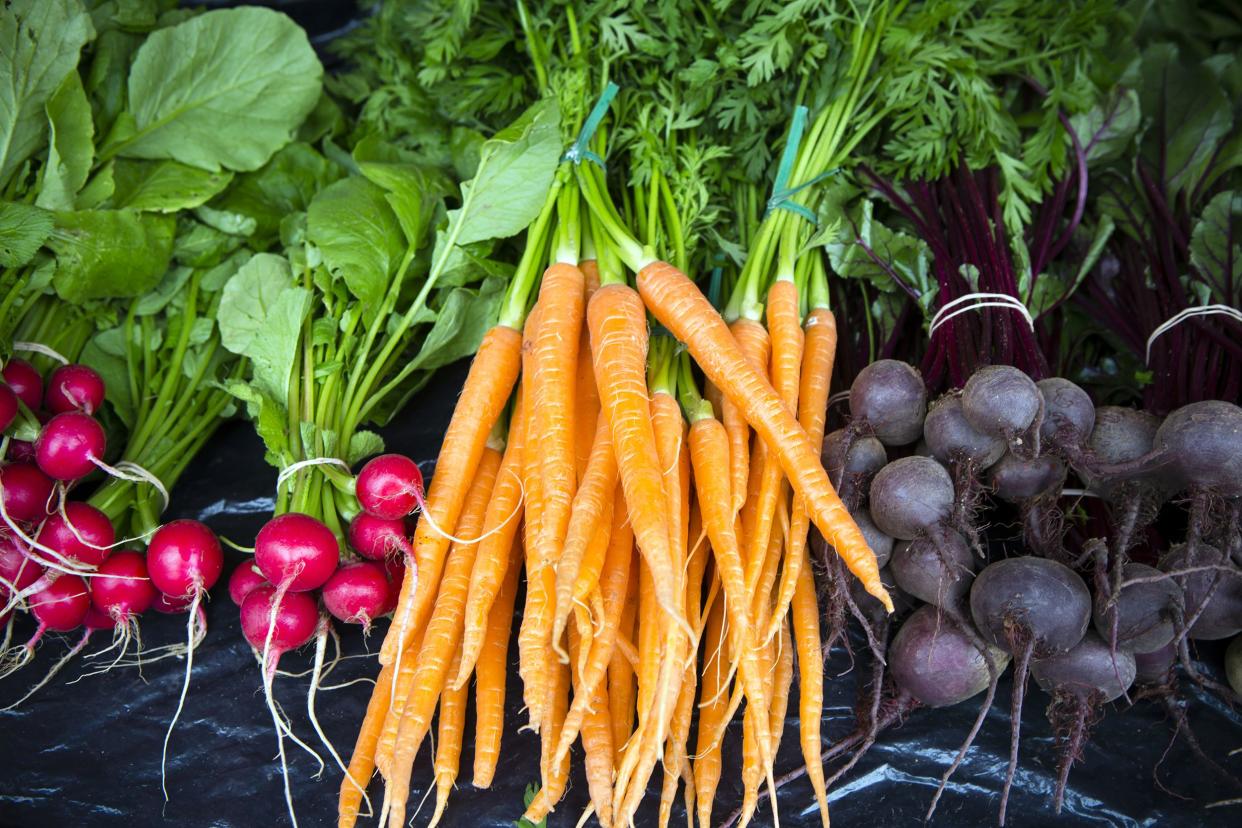
Buy Vegetables With Edible Tops
Items such as beets, carrots, and radishes can all be found sold with their green leafy tops attached. These are edible, tasty, and healthy. Using the entire food not only stretches the dollar but also eliminates the tops being discarded.
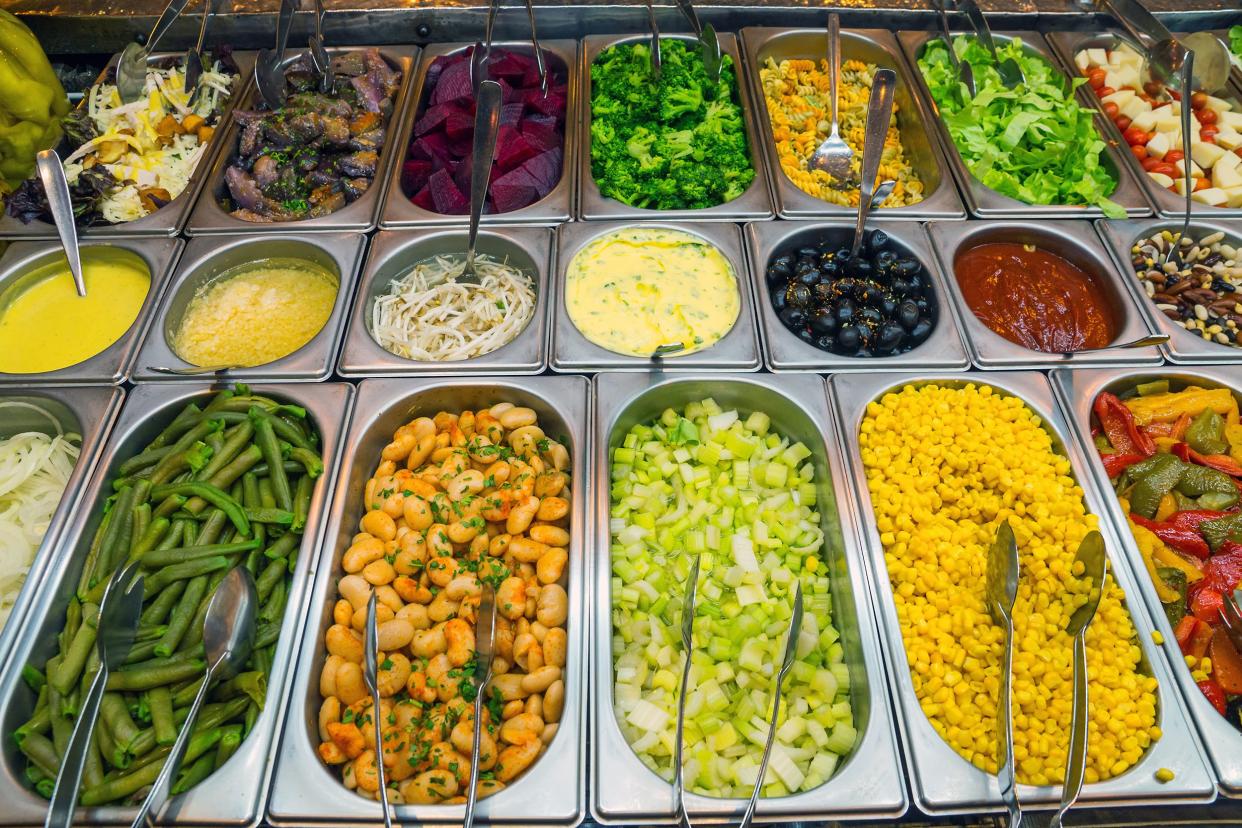
Use the Salad Bar
When shopping for a small quantity of an item for a recipe (such as nuts, raisins, or a particular vegetable), the salad bar at the grocery store can be your best bet. Buying just the amount you need will make sure you don't end up throwing any out.
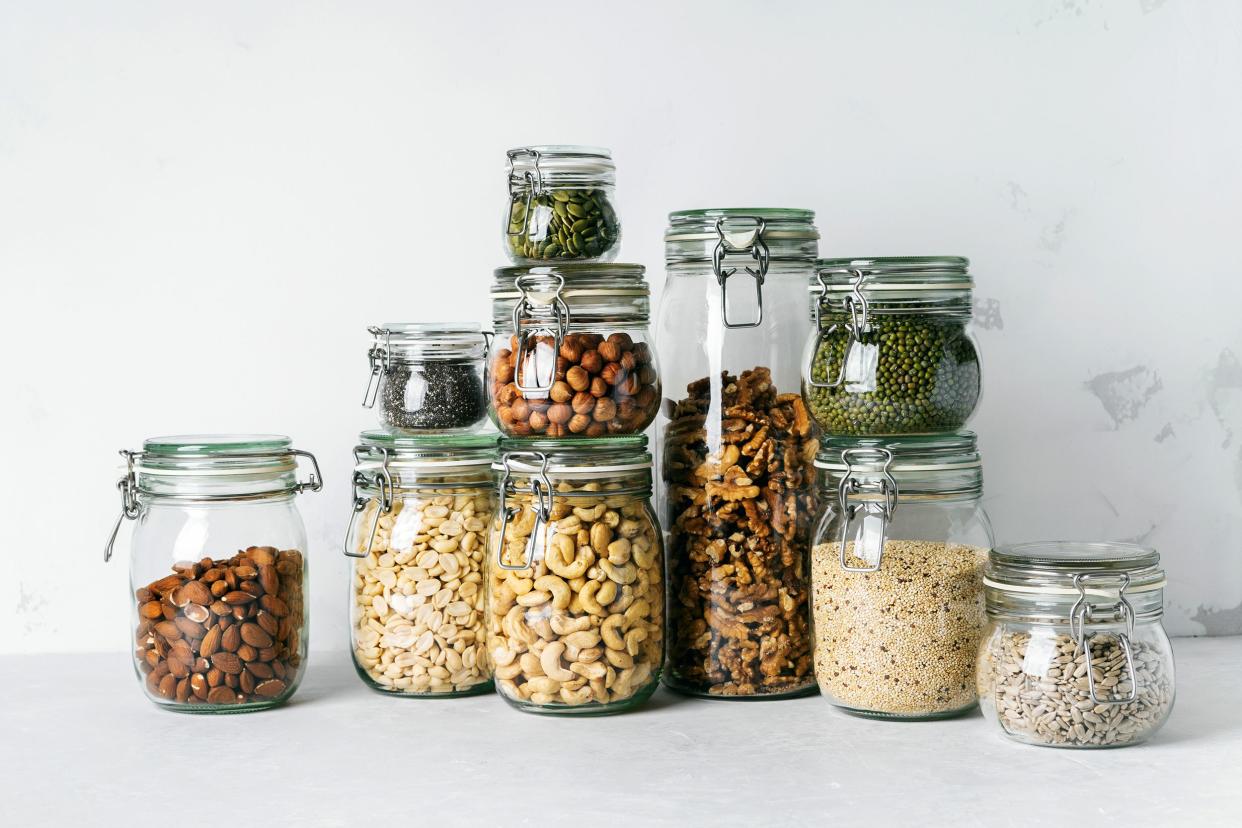
Store in Plastic or Glass Containers
Buying in bulk can save money, but only if you know how to keep everything fresh until it is needed. Using plastic bins or glass jars can extend the life of dried goods such as rice and beans for a long, long time.
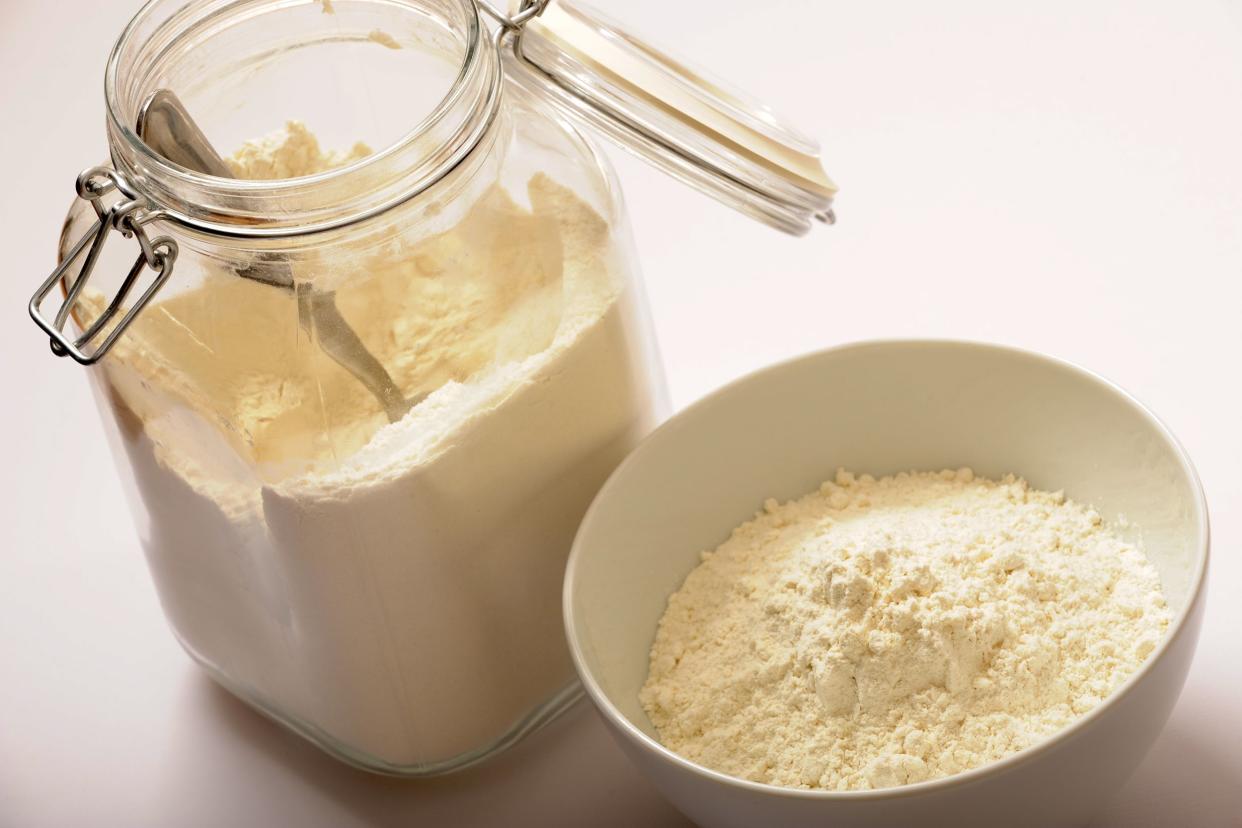
Swap Bags for Jars
Many foods come in plastic or paper bags, such as sugar, flour, nuts, etc. Transferring these items to glass has helps keep them fresh for longer while also protecting against spills from toppling over. Another benefit of jars is organization, which makes everything easier to see, find, and use.
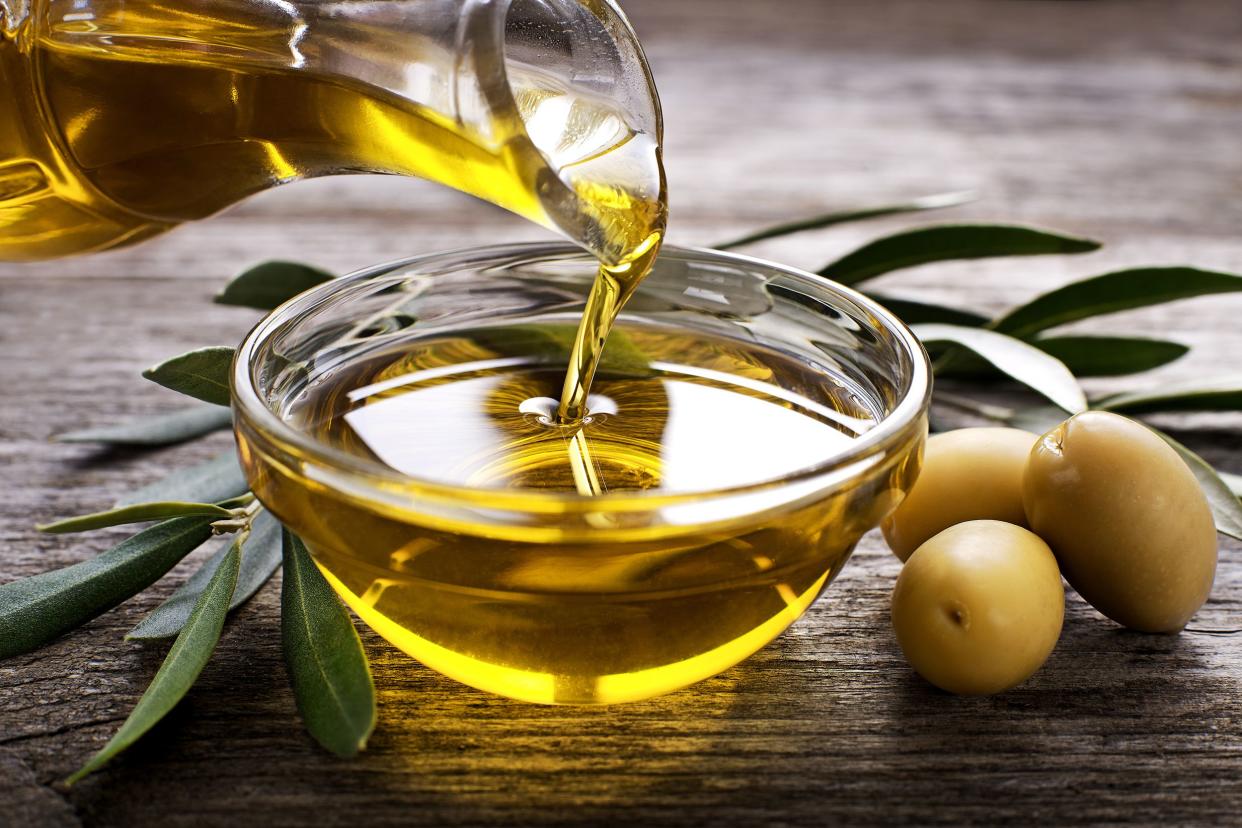
Keep Oil Cool
Oil is one of the pricier staple ingredients, especially when buying olive oil or organic oils. It's tempting to keep the oil right next to the stove, but heat damages oil, making it go rancid quickly. Keep oils away from heat for freshness. If you buy a large tin of oil, transfer a small portion of it to a small bottle to keep within arms reach, and the bulk of the product away from any heat source.
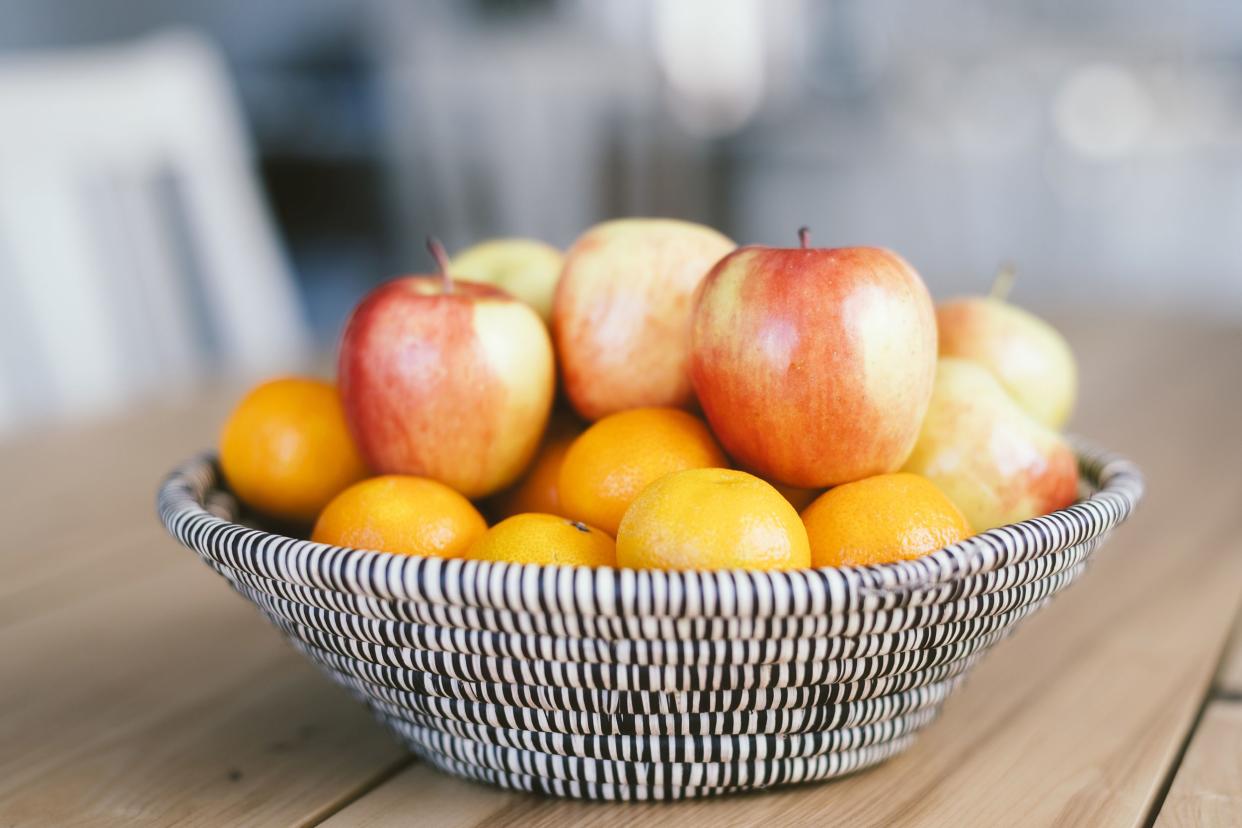
Know Where to Store Produce
There are certain chemical reactions between fresh produce that can make them ripen and go bad faster. For example, bananas give off a chemical that will ripen anything around them, which is why their tops are usually wrapped in plastic. Another tip: apples help potatoes stay fresh. Learning how different fruits and vegetables should be properly stored can also help avoid waste and save you having to buy more.
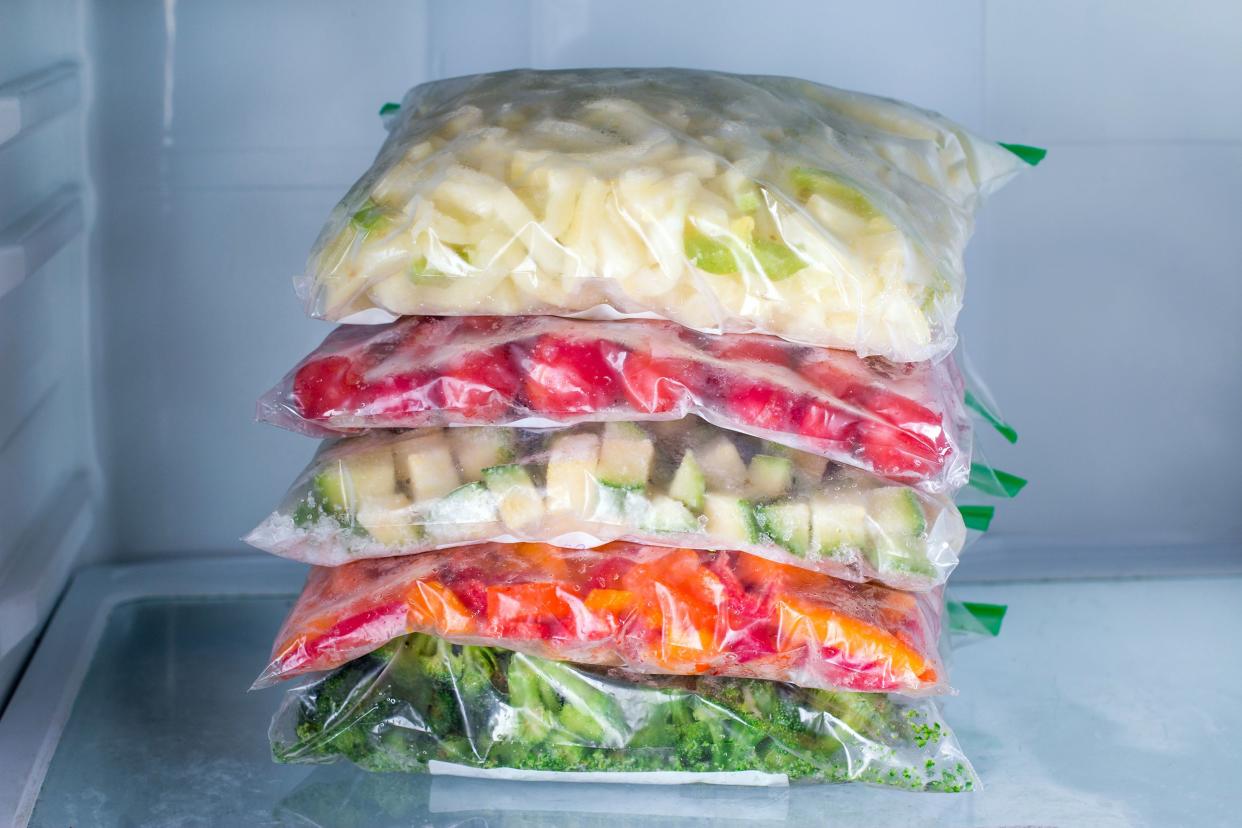
Label Your Food
Labeling is especially important for frozen foods, which may be hard to identify. If you don't know what it is, you are more likely to let it languish in the fridge or freezer until it's expiration date drives it into the bin. Always use a date when labeling to know what needs to be eaten by when.
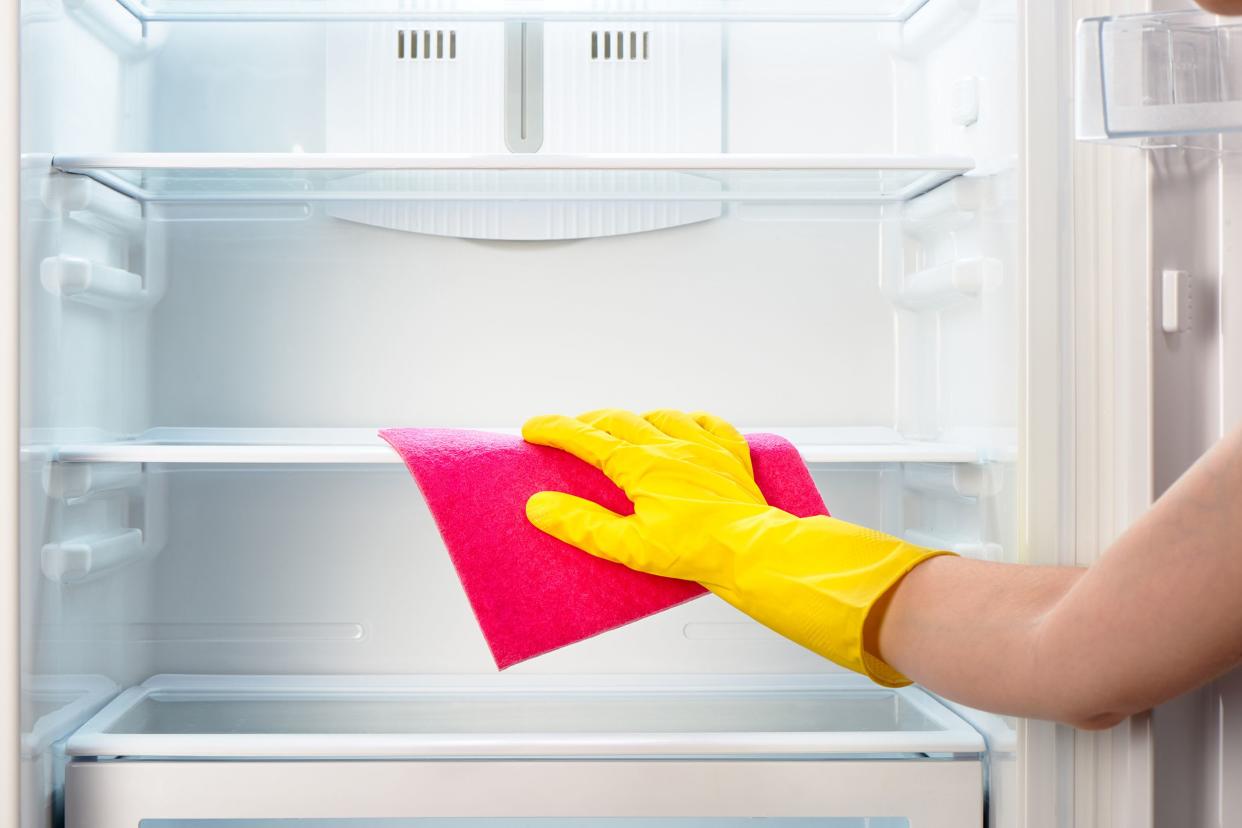
Keep a Clean Fridge
Cleaning out the fridge is a good idea on a regular basis. Using some baking soda to keep things fresh will help even more. This prevents funky fridge smells from sticking to otherwise good foods such as butter and cheese.
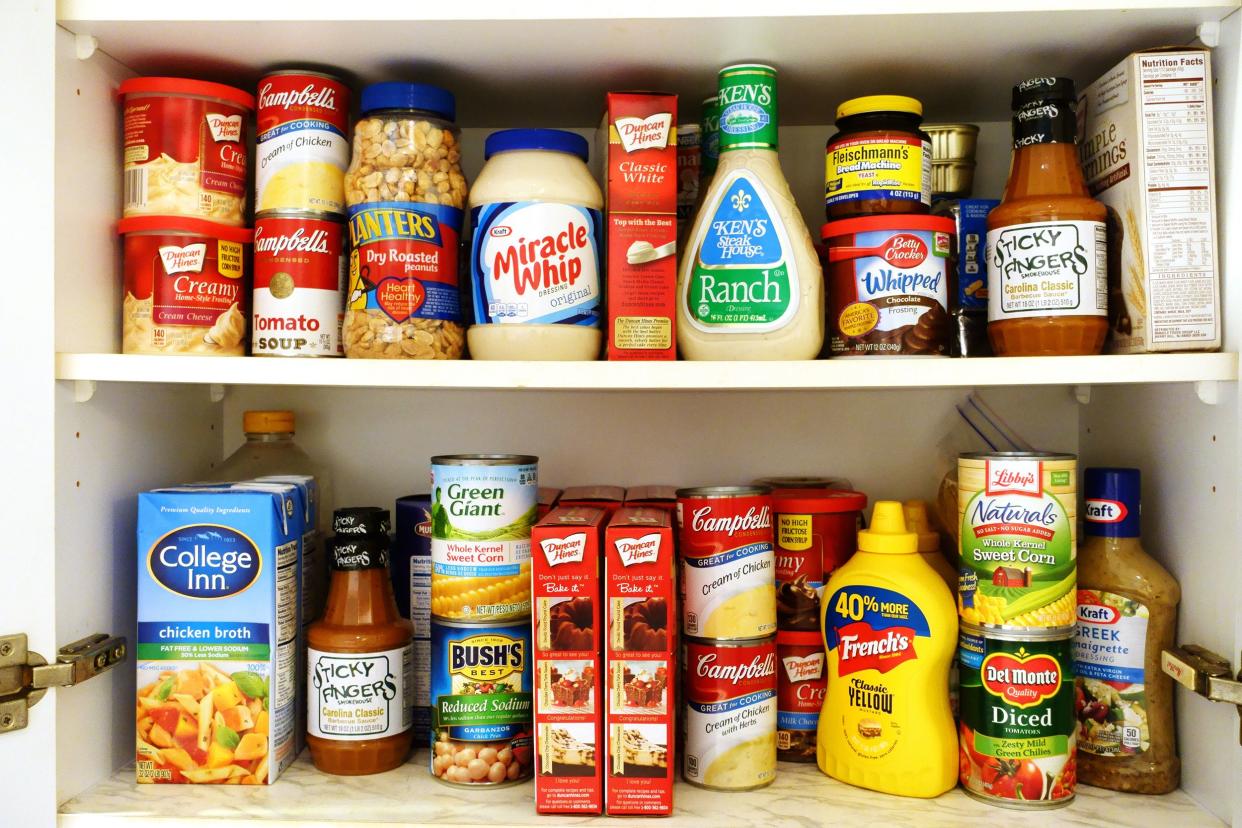
Know Your Inventory
How many times have you bought something at the store that you already had in the pantry? Keeping a list of your inventory, either in the pantry or on an online spreadsheet, will ensure you don't buy duplicates. Knowing exactly what you have on hand at all times will also help you make better use of fresh and more perishable ingredients.
Related: Over 35 Store-Brand Foods That Deliver Quality and Savings
This article was originally published on Cheapism

